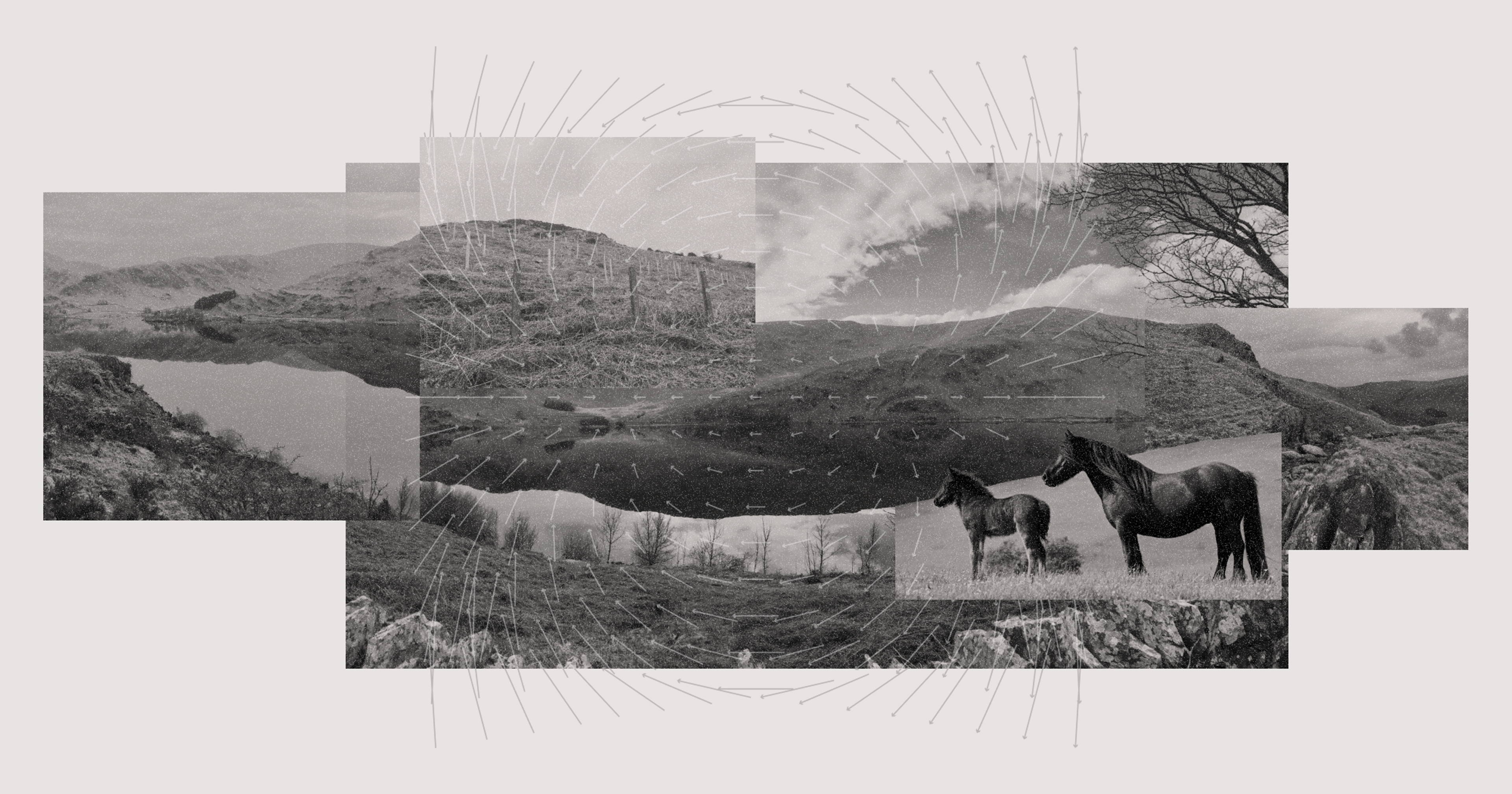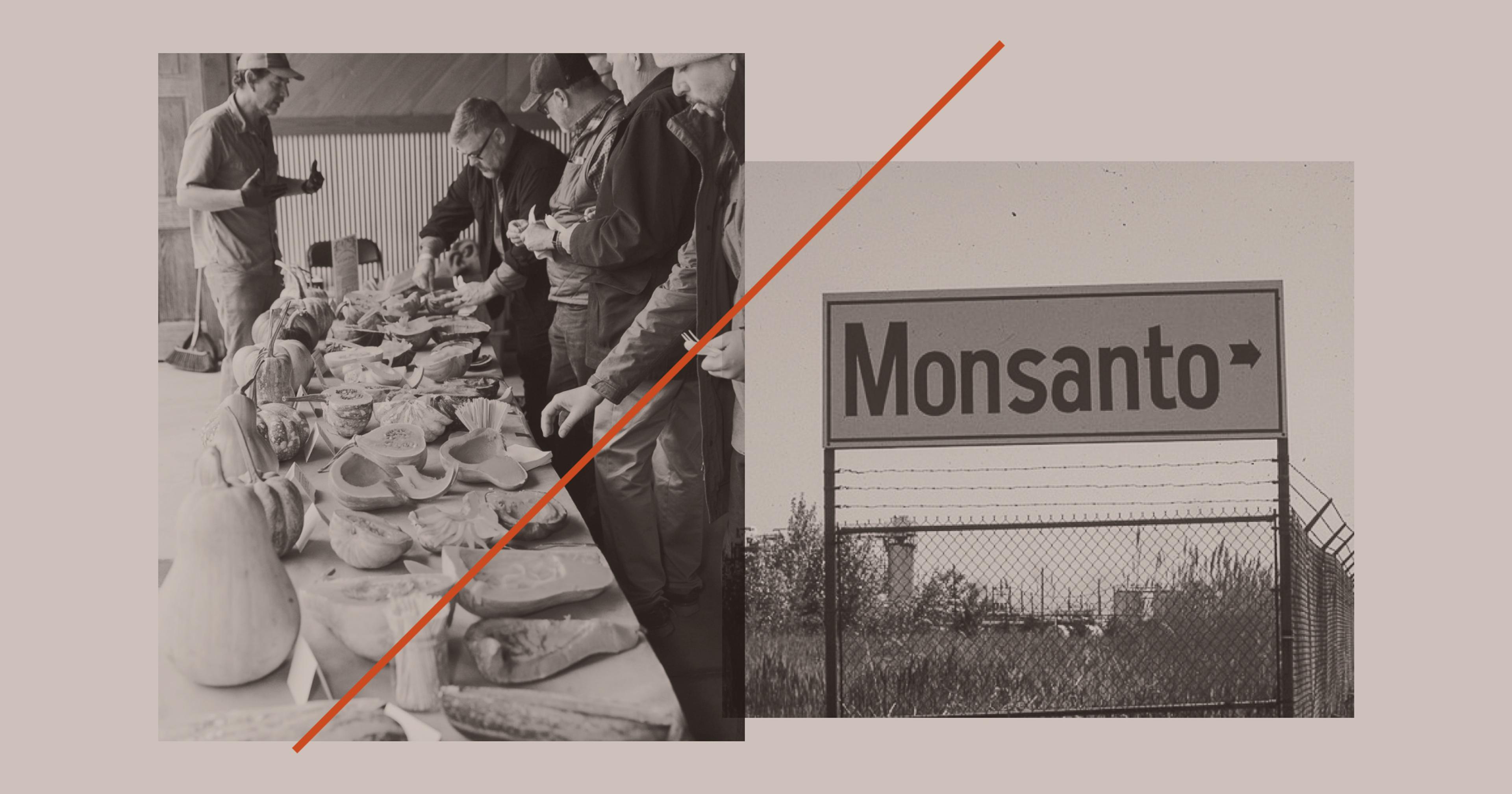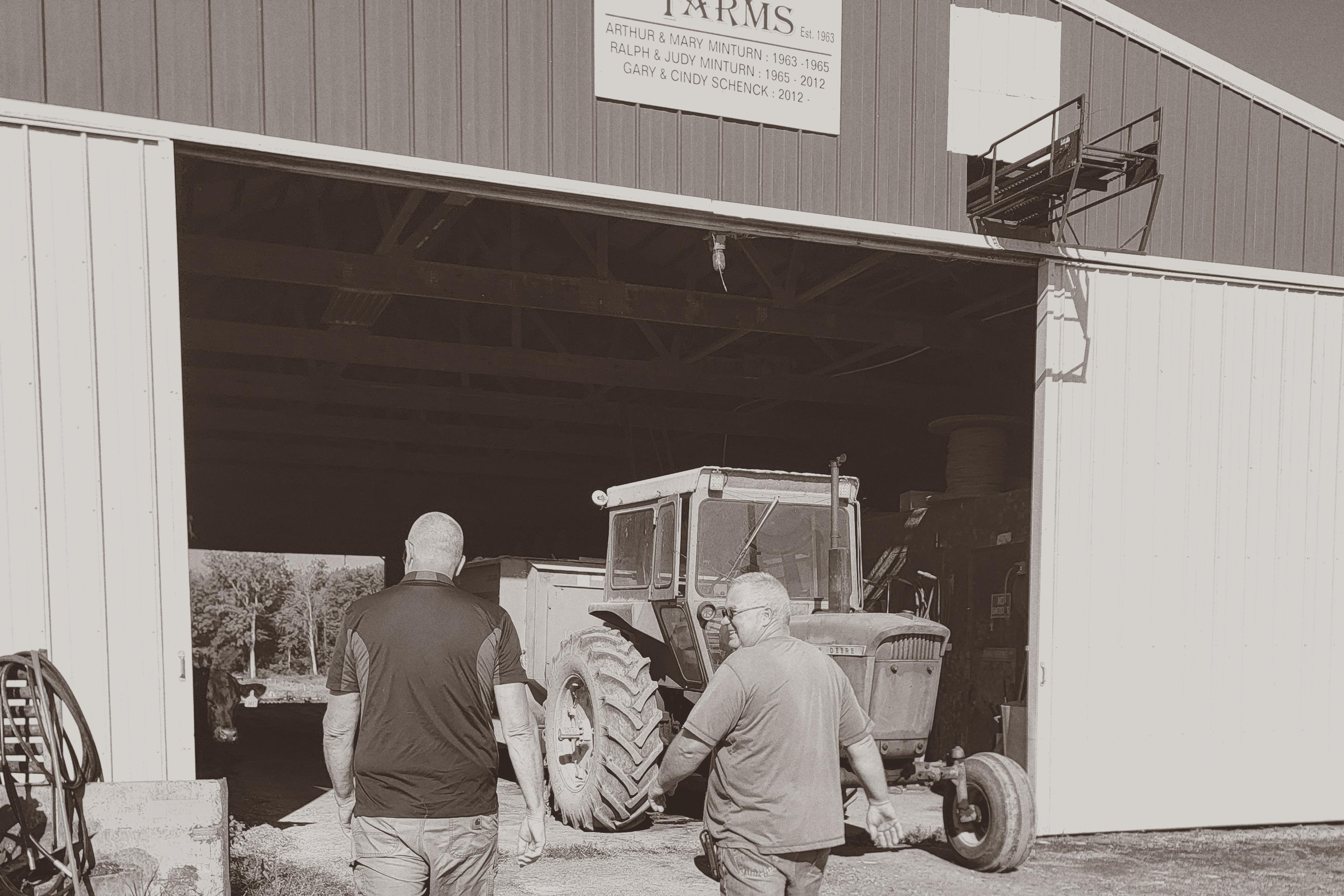These wild ancestors of our domesticated food crops are often overlooked, underutilized, and prone to extinction. Yet they possess genetic diversity crucial for developing a climate-resilient food system.
In 1868, French professor of botany and pharmacy Jules Planchon and his research team examined healthy, dying, and dead Vitis vinifera grape species. He was on a mission to investigate a certain wilting pattern that was destroying vineyards across France. When he dug up a relatively healthy vine, he discovered thousands of tiny, aphid-like creatures swarming over the area — bugs he named the grape phylloxera. The creature damaged the root and leaves of the vine, afflicting open wounds which allowed further diseases to affect the plant. While finding the cause of this mass destruction was impressive, the cure that was proffered was even more ground-breaking.
Eventually, it was discovered that grafting Vitis vinifera scions onto the naturally phylloxera-resistant rootstock of its American wild relatives Vitis riparia protected it from phylloxera damage. Today, the wine we drink from France is Europe’s species of vine, Vitis vinifera, grafted to a variety of American rootstock species. In essence, crop wild relatives, also known as CWRs, have been saving our farms from natural threats for some time now.
Fast forward a couple hundred years into the future, and scientists are pushing the boundaries of CWRs beyond disease and insect resistance, studying them for ways to manage drought, extreme heat, and the looming specter of global food insecurity. Botanists, plant breeders, and other researchers are essentially asking nature: “Could crop wild relatives be our weapon in this battle?”
Why Are Crop Wild Relatives More Resilient?
When crops were first domesticated, early farmers selected plants with desirable traits like larger seeds or better yield, which meant that only a small portion of the genetic diversity from the wild relatives was carried over into cultivated crops.
Over time, these crops underwent further selection and breeding to refine specific traits. Each stage of selection often focused on a narrow set of characteristics, further reducing genetic diversity and sometimes making crops more vulnerable to pests, diseases, and changing environmental conditions.
Crop wild relatives didn’t go down the same evolutionary trajectory. As the evolutionary cousins of domesticated crops, they remained in the wild, subject to natural selection. Understanding these differences creates context for why CWRs have so many high-impact traits that could be studied and adapted to improve domesticated crops.
In the U.S. alone, thousands of CWRs exist in their natural habitats, often thriving in harsh conditions. As we progress from year to year, many plant breeders and farmers consider them important repositories with traits that can be bred into domesticated crops and help them to better withstand heat, drought and disease.
CWRs are also adapted to the specific environmental conditions of their native regions. They have evolved mechanisms to cope with local stresses, such as soil salinity, specific pests, and fluctuating water availability.
Crop Improvement Through CWRs
Though it’s fair to say many people are unaware of the existence of CWRs, they have been a vital tool for centuries to enhance resistance against wheat curl mite, late blight in potato, and grassy stunt disease in rice. Crop wild relative were also used to improve tolerance of stressful abiotic conditions such as tolerance to drought in wheat, and have been tested for heat tolerance in rice. Additionally, they have been used to raise the nutritional value of some crops, such as the protein content in durum wheat, calcium content in potato, and provitamin A in tomato.
Looking forward, the efforts to sustain food production for the world’s growing population — in the face of rapidly advancing climate change — is one of the most important issues of the 21st century. This is where CWRs come in.
“What makes them so important is they have traits that can help crops be more adapted and resilient to climate change,” said Stephanie Greene, plant geneticist for the US Department of Agriculture’s (USDA) Agricultural Research Service.
“The best way to conserve crop wild relatives is to conserve them in the site where they originally occur.“
According to the International Centre for Agricultural Research in Dry Areas (ICARDA), 44% of the world’s food, including half its livestock, is produced in dry terrain. A 2011 report from the Food and Agricultural Organization of the United Nations also stated that 80% of global cropland and 60% of global food output could be markedly affected by climate change, particularly in arid and semi-arid areas.
Last year was the world’s hottest summer in 2000 years, and in cities like Phoenix, Arizona, many aspects of agriculture seem increasingly unviable. The city is dry and hot for the majority of the year (80-115 degrees Fahrenheit), a climate that is basically spread over the dry lands of the Sonoran Desert.
“These last few years are indicative of the sorts of extreme conditions that are increasingly becoming the norm as Arizona farmers have always experienced periodic drought and bouts of heat,” said Eric Riordan, conservation research scientist at the Arizona-Sonora Desert Museum. “But this event is happening with greater frequency, becoming more severe and lasting longer.”
The Need for Preservation
Researchers from multiple institutions conducted a survey in 2020 on conservation of crop wild relatives, and found that half of the plants surveyed were endangered in their own natural habitats. This included seven percent which were critically endangered. Some of the most at-risk plants include the wild sunflower species Helianthus paradoxus which is found in only six small populations, and Texas wild rice which occurs in only one place in the world, the San Marcos River.
Colin K. Khoury, lead author of this study and a researcher at Saint Louis University, said, “The primary threat [to CWRs] is the modification of their natural habitats by people, including developing it into farmland and constructing new homes. The second driver for the loss in general is climate change. There are also issues with overharvesting in some places.”
The issue is, if these CWRs disappear from the wild, the valuable genes they contain will be lost forever. According to the International Union for Conservation of Nature, more than 70 wild relatives of the world’s most important crops are at imminent risk of extinction. Luckily some efforts are being made for preservation.
According to the US Forest Service, in southern Arizona, the Coronado National Forest Service reserved 2,500 acres in the Wild Chile Botanical Area (WCBA) to protect and study the endangered Capsicum annum, aka the Mexican chiltepin pepper. It’s the single wild relative of hundreds of sweet and hot varieties of peppers including jalapeno, cayenne, and bell peppers. These acres are the first protected habitat for the wild relatives of crops in the United States; they harbor over 40 different species of pepper. An Arizona-based non-profit organization, the Borderlands Restoration Network (BRN), is working in collaboration with the forest service to identify and collect other wild relatives of crops in this area.
“The primary threat [to CWRs] is the modification of their natural habitats by people, including developing it into farmland and constructing new homes.”
Outside of Arizona, the California Department of Food and Agriculture (CDFA), the California Native Plant Society (CNPS), and the Santa Fe Botanical Garden in New Mexico are amongst the organizations taking proactive steps to protect CWRs.
Just as crucially, ex-situ resources like seed and gene banks facilitate user access to plant samples. This prepares for an uncertain future, as well as allowing for a broader distribution of CWR research. For instance, the global NGO consortium CGIAR is a partnership of 11 genebanks conserving over 700,000 types of cereals, grain legumes, forages, tree species, root and tuber crops and banana and their wild relatives. One of the CGIAR genebank partners is my employer, the International Institute of Tropical Agriculture (IITA) which holds over 28,000 accessions of major African crops, including cassava, plantain and banana, yam, soybean, and maize.
“The best way to conserve crop wild relatives is to conserve them in the site where they originally occur,“ said Ehsan Dulloo, conservation and availability program leader at Bioversity International. ”If that’s not possible, the alternative option is to collect them and conserve them in gene banks, in ex-situ collections.“
The future of agriculture and food production is increasingly precarious; we need the biggest toolbox possible to effectively manage the challenges ahead. As such, preserving and studying crop wild relatives will become increasingly vital in the years ahead. There’s a nice symmetry to it as well — looking to the past, to bolster the future.










